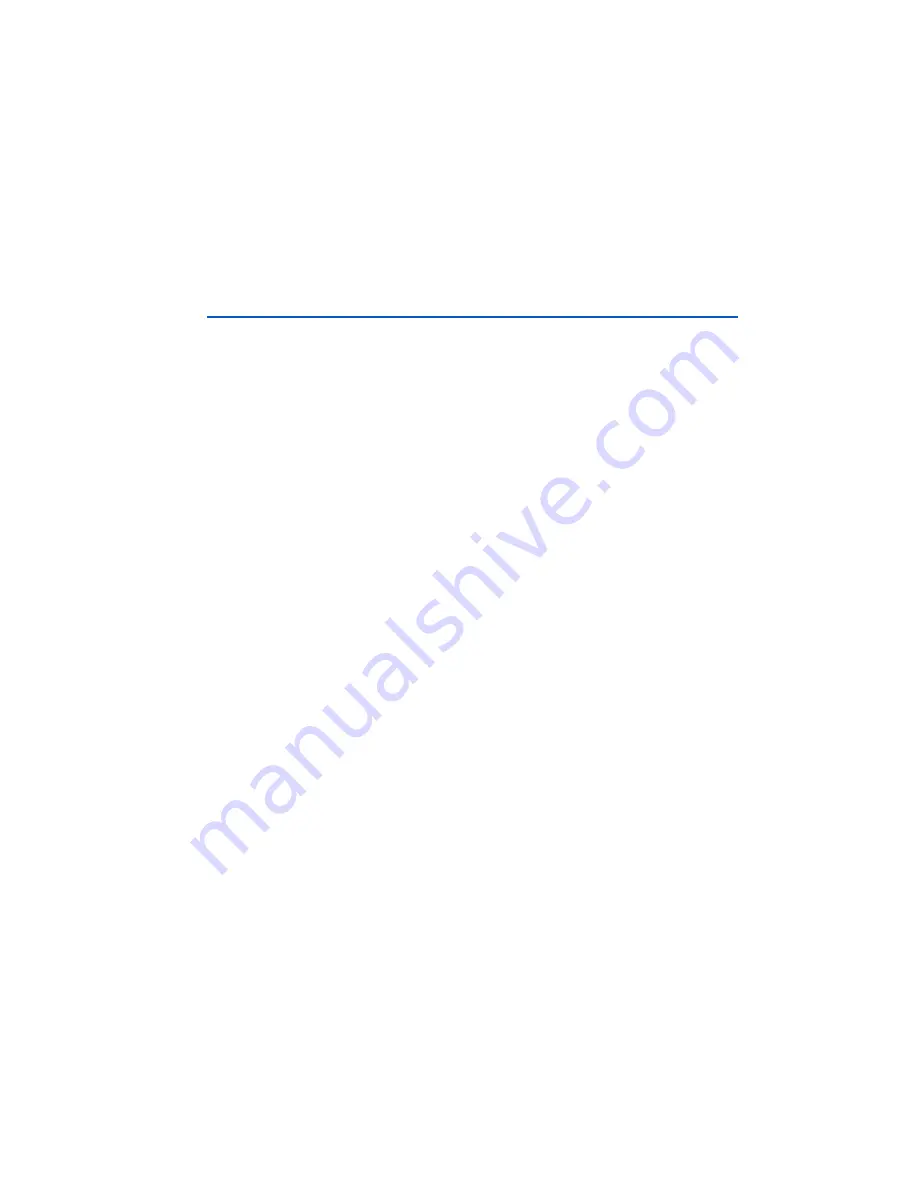
6. First Stage Testing
(1) To test the 1
st
stage, a regulated breathing air supply, OCA Grade Source, if the regulator is to be used
with Nitrox, or several SCUBA cylinders are needed. If using a regulated supply, set the initial supply to
500 PSI. If using cylinders, 3 are recommended with 500 PSI, 1500 PSI, and 300 PSI levels. You will need
to move the regulator between the cylinders, and each time it is pressurized, be sure to have the purge
button depressed slightly and allow the supply pressure to come up with this safety valve used. A transfill
whip like the one from Dive Gear Express will make setting up the cylinders easier.
https://www.divegearexpress.com/dgxtransfillhosewithanaloggauge
(2) Attach a second stage with a hose with an inline tool/IP gauge combination, or a second stage with a
hose and a Low Pressure inflator hose and plugin IP gauge. With the supply set to 500 PSI, slowly
pressurize the regulator while slightly purging the second stage to act as a safety.
(3) Allow the second stage to slightly flow and release the purge button slowly. Observe the IP. It should
come up to 135 PSI +/ 5 PSI and stay at that reading. Breathe the second stage or depress purge button
25 to 50 times. Observe the IP. It should drop slightly, 510 PSI, on each purge, then come back up. If the
IP goes above 145 PSI and continues to climb, shut off the air supply and purge the regulator to avoid
damaging it.
Caution Note:
If the Intermediate Pressure goes over the recommended level and continues to climb,
an issue with the regulator is indicated. It could be an issue with the HP seat, sealing
surface between an Oring and another component, a damaged Piston knifeedge, or a
missing component. The regulator will need to be disassembled, inspected carefully,
and rebuilt again. It cannot be tested further with an improper IP.
(4) If the IP is stable, listen for any leaks. If none are noted, the testing can continue.
(5) Next, increase the supply to 1500 PSI and repeat the procedure. Observe the IP and ensure that it is
not creeping. It may drop a few PSI as the seat, and the piston edge begins to develop a groove. This is
normal and does not indicate a problem.
(6) Now increase the supply pressure to 3000 PSI and repeat the procedure as before. The IP should be
steady and show no signs of creep or drop below the recommended range. Finally, take the 1
st
stage with
the second stage and LP inflator hose and place it on a cylinder that can be submerged in water. Submerge
the 1
st
stage and check for any leaks between the body and turret, DIN connection, port plugs, and hose
connections, and if none are present, the 1
st
stage service and testing is complete.

















